Gardenia, yellow leaves
redcurrant
17 years ago
Featured Answer
Comments (13)
waterbug_guy
17 years agoredcurrant
17 years agoRelated Professionals
Cary Landscape Architects & Landscape Designers · Springfield Landscape Contractors · Ashburn Landscape Contractors · Deerfield Beach Landscape Contractors · Duarte Landscape Contractors · Farmington Landscape Contractors · Gaithersburg Landscape Contractors · Palm Beach Gardens Landscape Contractors · Saint John Landscape Contractors · Secaucus Landscape Contractors · Thornton Landscape Contractors · Waterford Landscape Contractors · Wilsonville Landscape Contractors · Maplewood Landscape Contractors · Carlsbad Carpentersjimdaz
17 years agoredcurrant
17 years agoredcurrant
17 years agowaterbug_guy
17 years agoredcurrant
17 years agowaterbug_guy
17 years agoredcurrant
17 years agowaterbug_guy
17 years agonorthvalleymike
17 years agowaterbug_guy
17 years ago
Related Stories

GARDENING GUIDESWhat's Wrong With My Plant? Leaves Often Hold the Clues
Learn how to identify common plant ailments by reading their leaves
Full Story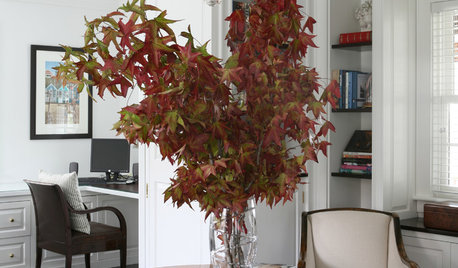
DECORATING GUIDES9 Easy Ways to Decorate With Autumn Leaves
Give your home a burst of color that can be used Halloween through Thanksgiving
Full Story
REMODELING GUIDESInterior Brick: Paint it or Leave It?
Here's how to know if covering that brick is a sin or solution
Full Story
FALL GARDENING5 Ways to Put Fall Leaves to Work in Your Garden
Improve your soil and yard the organic way with a valuable garden booster that grows on trees
Full Story
LAUNDRY ROOMSRoom of the Day: The Laundry Room No One Wants to Leave
The Hardworking Home: Ocean views, vaulted ceilings and extensive counter and storage space make this hub a joy to work in
Full Story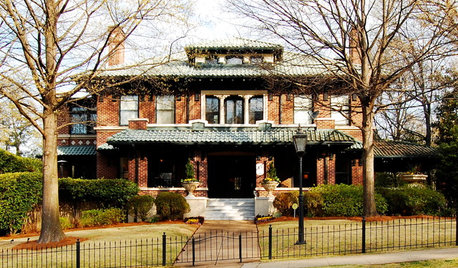
ARCHITECTUREStates of Style: Alabama’s Icons Leave Their Mark
In the first of a new series, discover the natural beauty, the architectural icons and some of our favorite homes deep in the heart of Dixie
Full Story
COLORWelcome Yellow Around Your Home for an Instant Lift
Keep on the sunny side with shades of yellow from buttery and soft to dynamic and bright
Full Story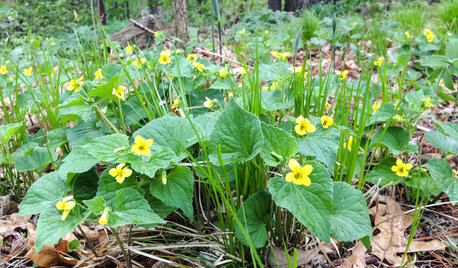
GARDENING GUIDESGreat Design Plant: Viola Pubescens Dots Woodlands With Yellow
Plant downy yellow violet in eastern U.S. woodland gardens for its heart-shaped leaves and bright yellow flowers
Full Story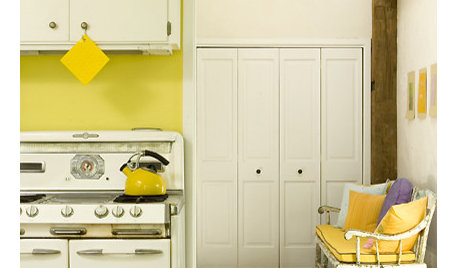
SHOP HOUZZShop Houzz: Brighten Up Your Kitchen With Yellow
Enliven your kitchen with these Houzz finds that are sure to leave you sunny side up
Full Story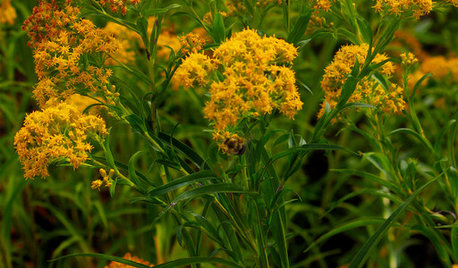
FLOWERS AND PLANTSThis Sunny Yellow Flower Helps Fall Pollinators and Landscapes
Oligoneuron riddellii’s distinct grass-like leaves and bright flowers jazz up the garden in the upper Midwest and Central Plains
Full StoryMore Discussions






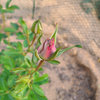
northvalleymike